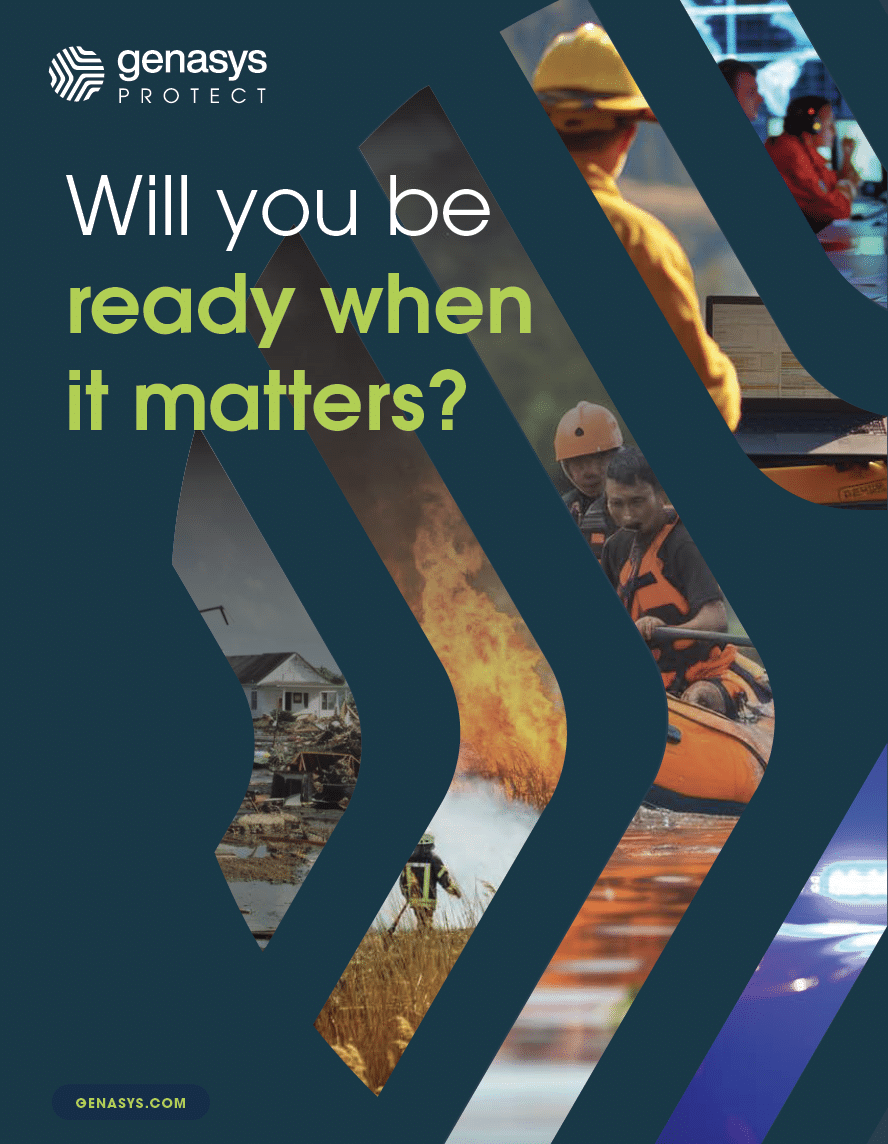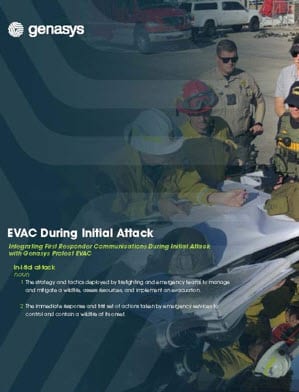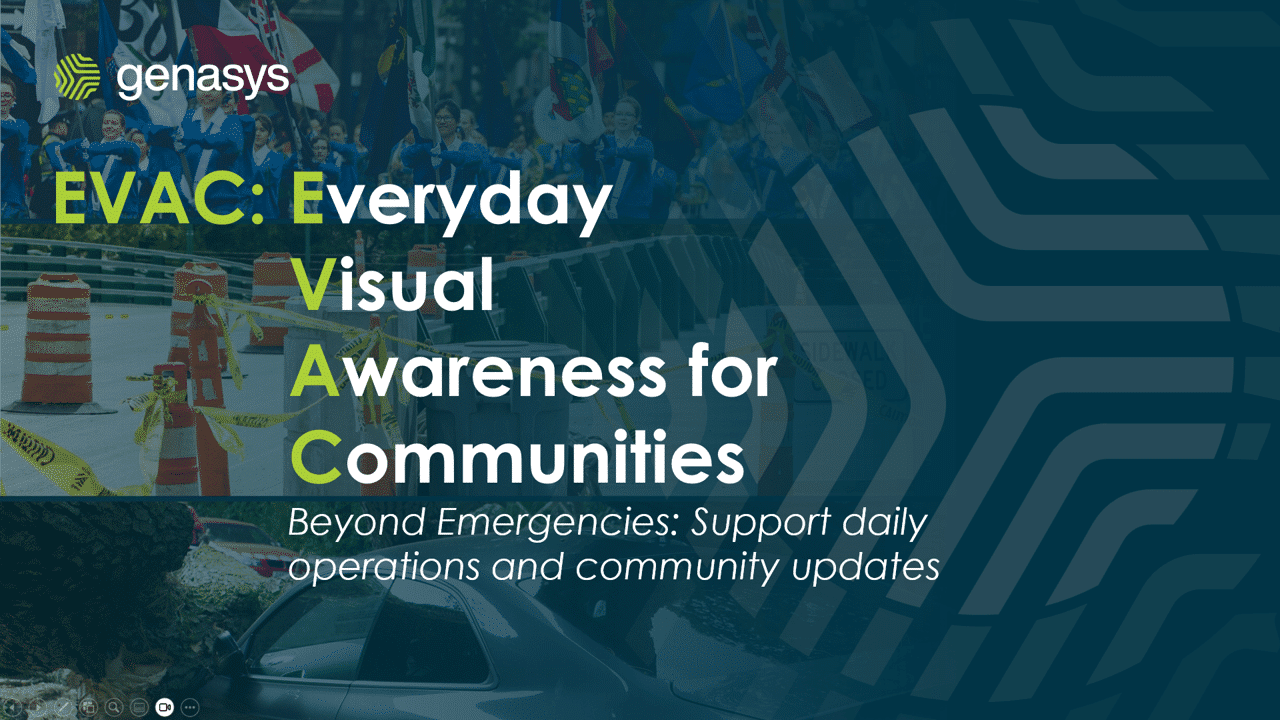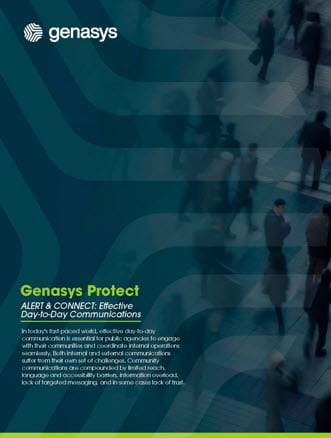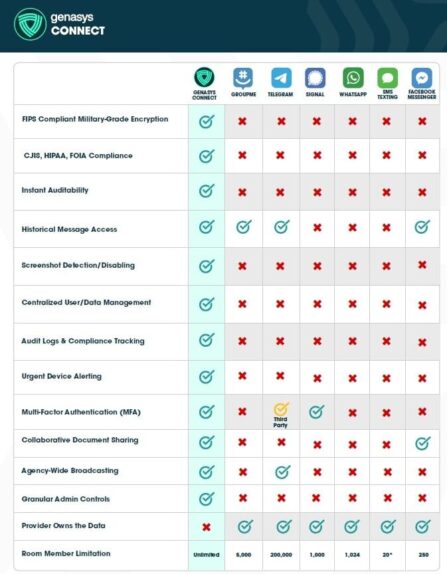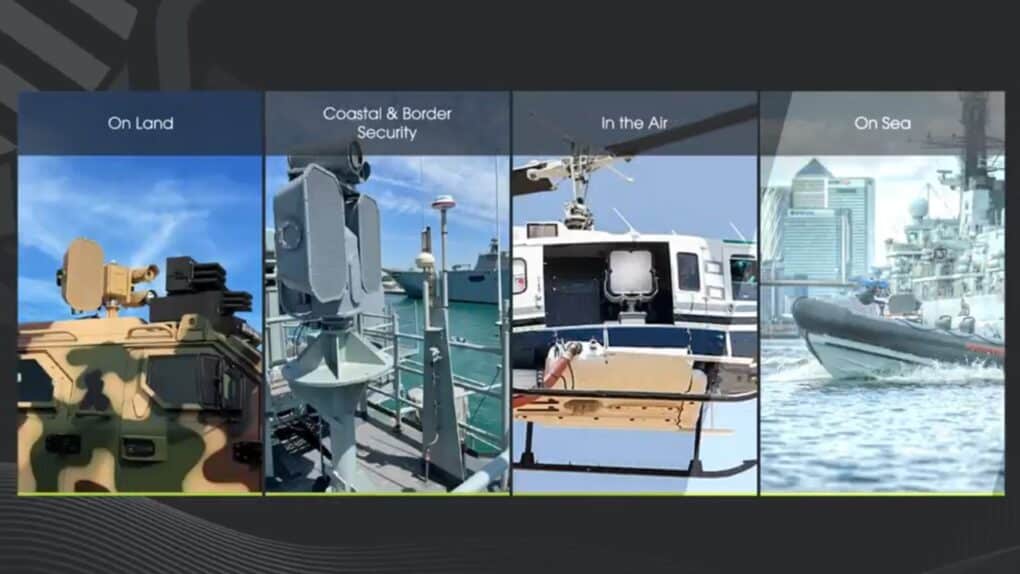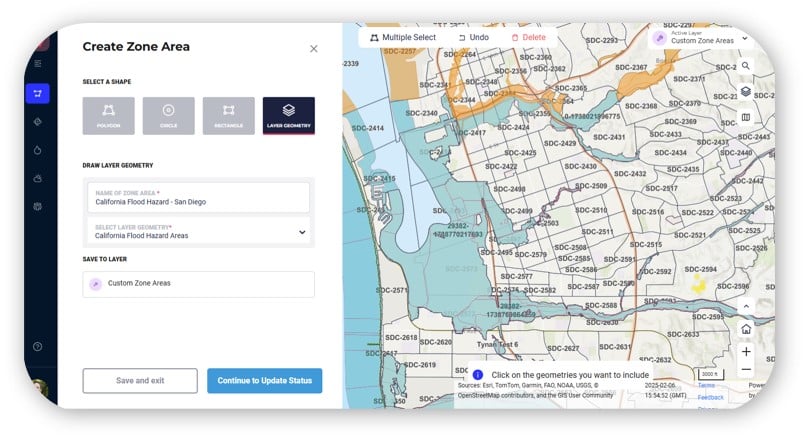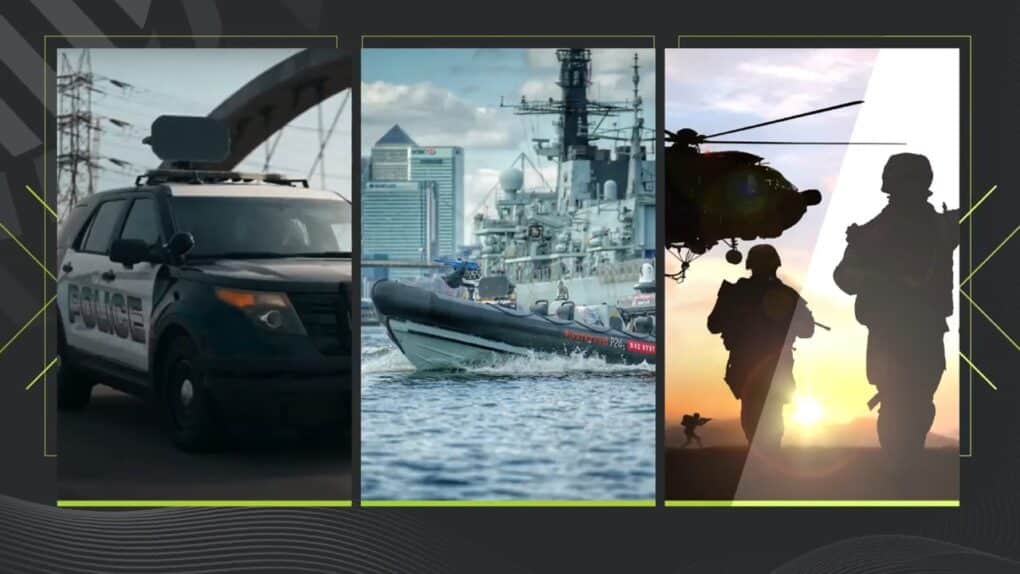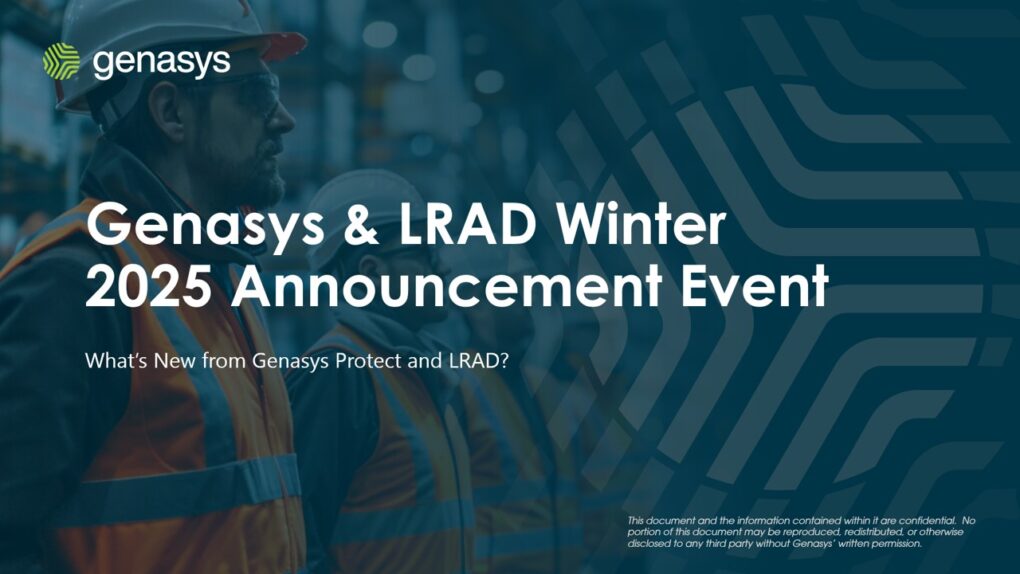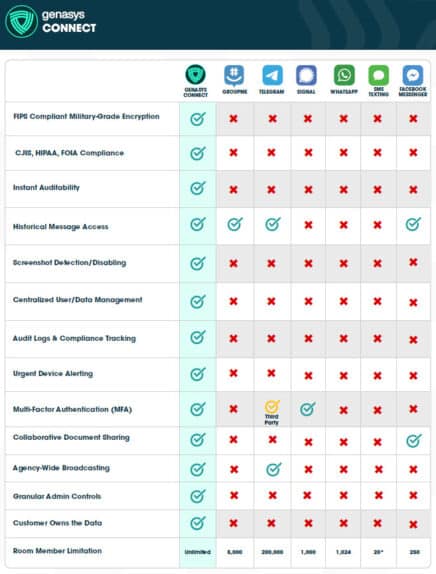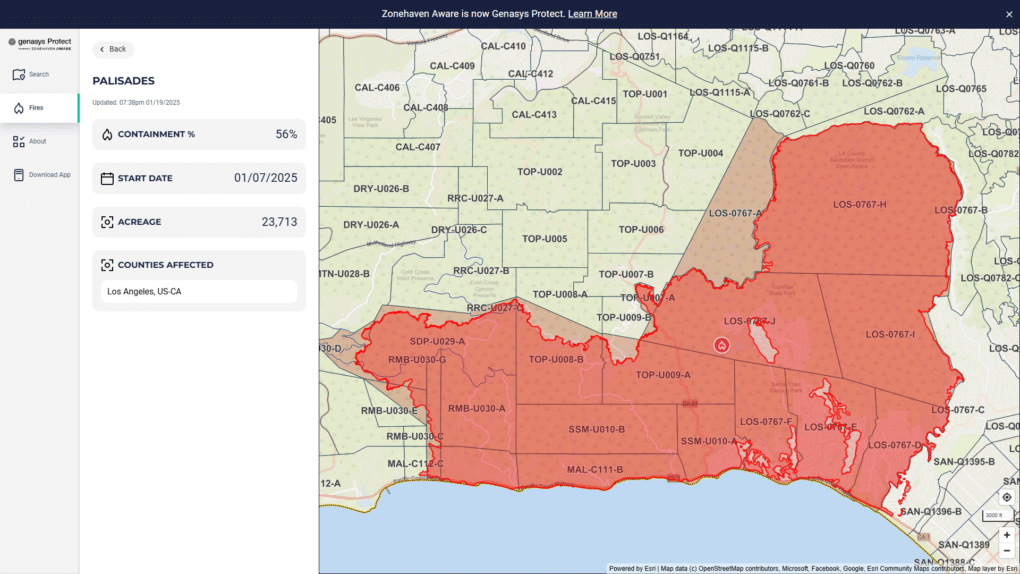Understanding the Challenge
In the modern world, information is the lifeblood of effective crisis response and public safety efforts. However, the challenges of managing and disseminating critical data during emergencies can create an “information bottleneck” that hinders swift and coordinated responses. This editorial delves into the concept of the information bottleneck, exploring its relevance to current crisis response and public safety challenges. By identifying solutions and embracing technology, we can empower our communities to overcome this bottleneck and ensure a safer, more prepared future.
Information Bottleneck Implications
The term “information bottleneck” refers to a situation where the flow of critical information becomes constrained, leading to delays, misinformation, and ineffective decision-making. In the realm of crisis response and public safety, an information bottleneck can significantly impact the effectiveness of emergency services, the safety of citizens, and the overall response to disasters.
Challenges Amplified by Bottlenecks
- Data Overload and Miscommunication:
The surge of data from various sources can overwhelm communication channels, leading to confusion, misinformation, and potentially life-threatening delays. - Interagency Coordination:
During multi-agency responses, the lack of a unified communication platform can hinder seamless information exchange and slow down collaborative efforts. - Resource Allocation:
Limited access to real-time data can impede the timely allocation of resources, including personnel, equipment, and supplies, where they are most needed. - Community Engagement:
Inefficient information dissemination can undermine public trust and hinder the community’s ability to respond proactively and follow safety guidelines.
Embracing Technology to Break the Bottleneck
- Integrated Communication Platforms:
Robust communication platforms that integrate data from various sources can ensure that relevant parties receive accurate information in real-time. Such integration prevents fragmentation and supports swift decision-making. - Predictive Analytics:
Utilizing predictive analytics can help anticipate potential crisis scenarios and resource needs, allowing authorities to proactively prepare and respond effectively. - Interoperability Solutions:
The adoption of interoperable systems ensures that different agencies can communicate seamlessly, reducing delays caused by incompatible technologies. - Community Engagement Tools:
Leveraging social media, mobile apps, and community engagement platforms fosters direct communication with the public, facilitating rapid information dissemination and promoting trust.
Maintaining Control of the Bottleneck
The information bottleneck, a formidable challenge in crisis response and public safety, can be addressed through technological advancements and strategic approaches. By embracing integrated communication platforms, predictive analytics, interoperability solutions, and community engagement tools, we can break free from the constraints of this bottleneck.
At Genasys Protect CONNECT, formerly Evertel, our ability to swiftly respond to crises, allocate resources effectively, and keep communities informed and engaged relies on our collective commitment to navigating the complexities of the information age. As we evolve alongside technology, let us ensure that information flows freely, making our communities safer, better prepared, and more resilient in the face of challenges.


